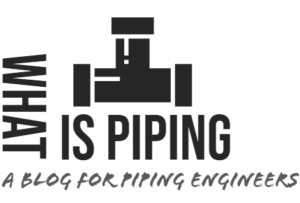When it comes to metal fabrication and construction, one term that frequently pops up is "mill finish." If you're unfamiliar with this term, you may be wondering what it means and why it is...
Category: Engineering Materials
Mill tolerance, also known as mill thickness tolerance or mill tolerance range, refers to the allowable deviation or variation in the dimensions or thickness of a manufactured product. It is commonly...
What are Galvanized Steel Pipes? Their Specification, Welding, and Applications
When it comes to plumbing and construction projects, selecting the right material for pipes is crucial. Among the various options available, galvanized steel pipes stand out as an excellent choice...
Metals have played a crucial role in shaping human civilization, from the Bronze Age to the modern era. While we often associate metals with their durability, strength is an essential characteristic...
"Is Aluminium magnetic or non-magnetic?" this simple question sometimes confuses many professionals. Aluminum is one of the lightweight and widely used metals for industrial applications. To answer...
Sheet Metal Gauge Chart: Understanding the Thickness of Sheet Metal
Sheet metal is a versatile material used in a wide range of industries, including construction, automotive, manufacturing, and more. It is crucial to have a clear understanding of sheet metal...
